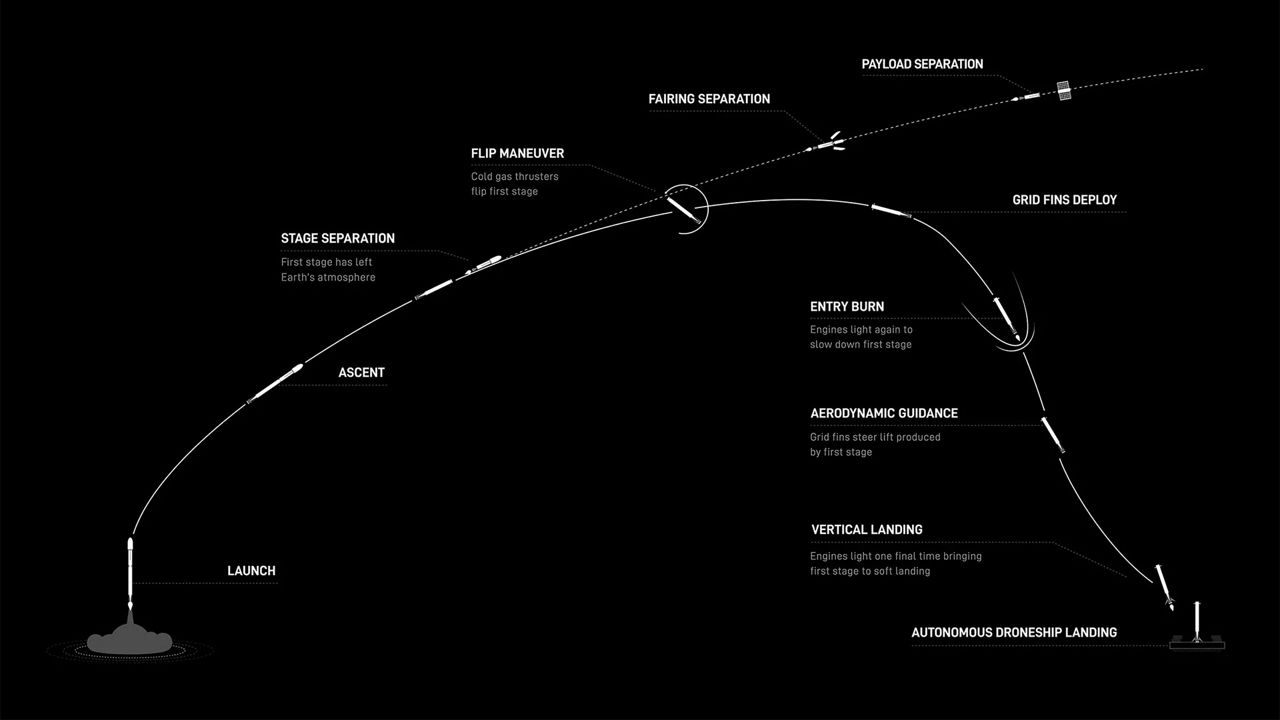CAPE CANAVERAL SPACE FORCE STATION — During the early morning hours, SpaceX launched more than 50 Starlink satellites on Monday.
What You Need To Know
- The launch took place at 3:10 a.m. ET, Monday
- Get more space coverage here
- 🔻Scroll down to watch the launch🔻
Liftoff! pic.twitter.com/fkJy73gUyd
— SpaceX (@SpaceX) June 12, 2023
The company’s Falcon 9 rocket left Space Launch Complex 40 at Cape Canaveral Space Force Station to send 53 Starlink satellites into low-Earth orbit.
The launch window opened at 3:10 a.m. ET.
If the launch was pushed back, the next attempt would have been at 2:45 a.m. ET on Tuesday, June 13.
On Sunday, the 45th Weather Squadron gave a 90% chance of good launch weather, with the only concern being the cumulus cloud rule.
Learn more about NASA’s weather criteria for the Falcon 9 rocket here.
Before the launch, the Falcon 9’s first-stage booster, called B1073, had eight successful missions on its resume:
- ispace's HAKUTO-R and NASA's Lunar Flashlight
- SES-22 telecommunications satellite
- Amazonas Nexus
- CRS-27
- 4 Starlink satellite missions
After the stage separation, the first stage of the Falcon 9 rocket landed on the droneship Just Read the Instructions that is in the Atlantic Ocean.
Falcon 9’s first stage has landed on the Just Read the Instructions droneship pic.twitter.com/ttm6F0auDU
— SpaceX (@SpaceX) June 12, 2023

About the mission
The Starlink 5-11 mission launched 53 Starlink satellites into space, joining its mechanical brothers and sisters that are in orbit.
The satellites provide internet service to many parts of the globe, stated Starlink, a company owned by SpaceX.
Before Monday morning’s launch, Harvard-Smithsonian Center for Astrophysics’ astrophysicist Dr. Jonathan McDowell recorded the current information on the Starlink satellites: 4,218 are in orbit, with 4,181 in working order and 3,560 that are operational.



